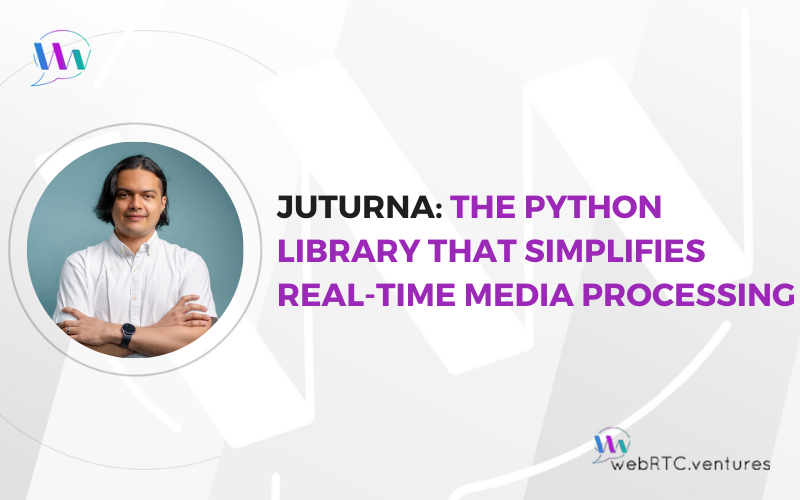
As WebRTC developers, we’ve gotten very good at moving real-time media around the globe. But often, the most exciting and valuable work happens when we stop just routing media and add some processing to it. The challenge is that building custom, real-time media processing workflows is often

Many WebRTC applications struggle with outdated or inappropriate media server infrastructure, limiting their ability to scale effectively and support powerful AI features. Alfred Gonzalez, Senior WebRTC Engineer at WebRTC.ventures, walks us through the considerations, options, and steps to successfully migrate to another media server. He’ll then show

When Sam Altman called GPT‑5 “a PhD in every discipline in your pocket,” it captured the awe surrounding modern large language models. As builders, we should be thrilled. This is an extraordinary leap in what’s technically possible. But here’s my unpopular opinion: just because we can use

Digital media delivery today relies on two powerful but separate approaches: scalable streaming and real-time conversation. Each one excels at a specific purpose, and understanding both reveals why MOQ represents a fundamental shift in how we may be building these applications in the future. Let’s explore what






